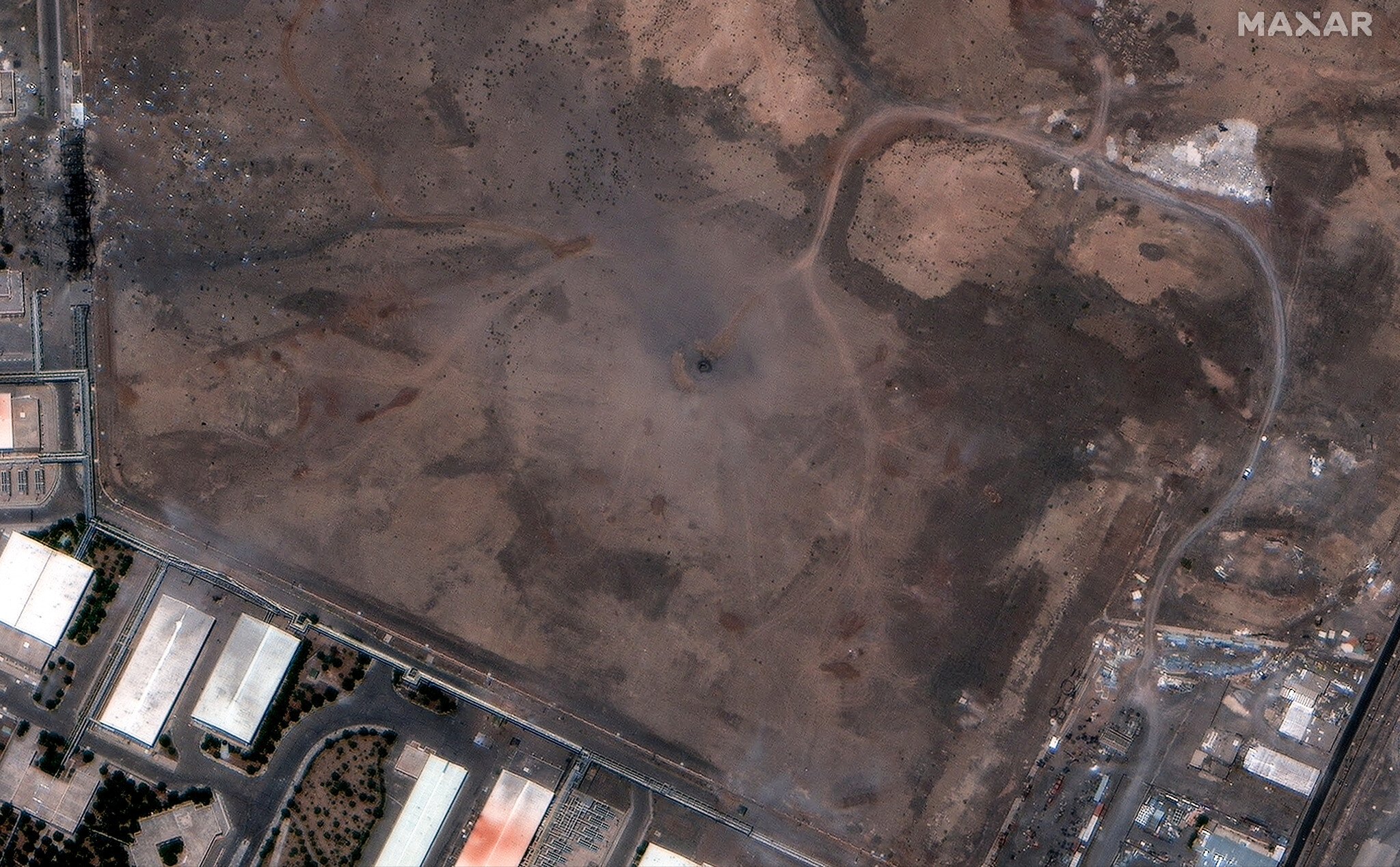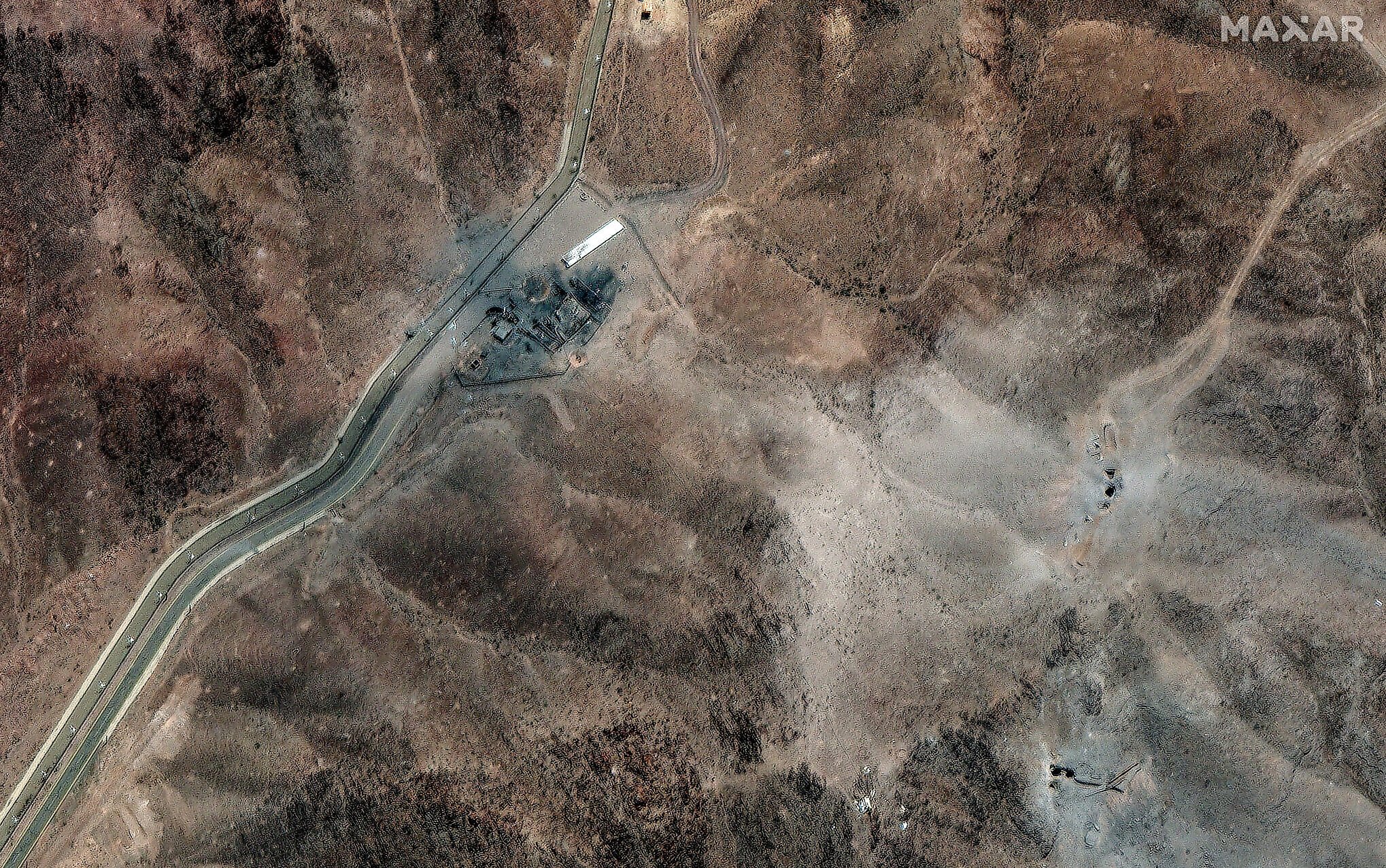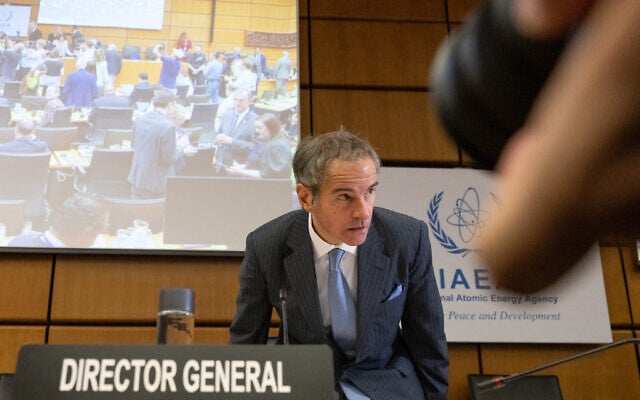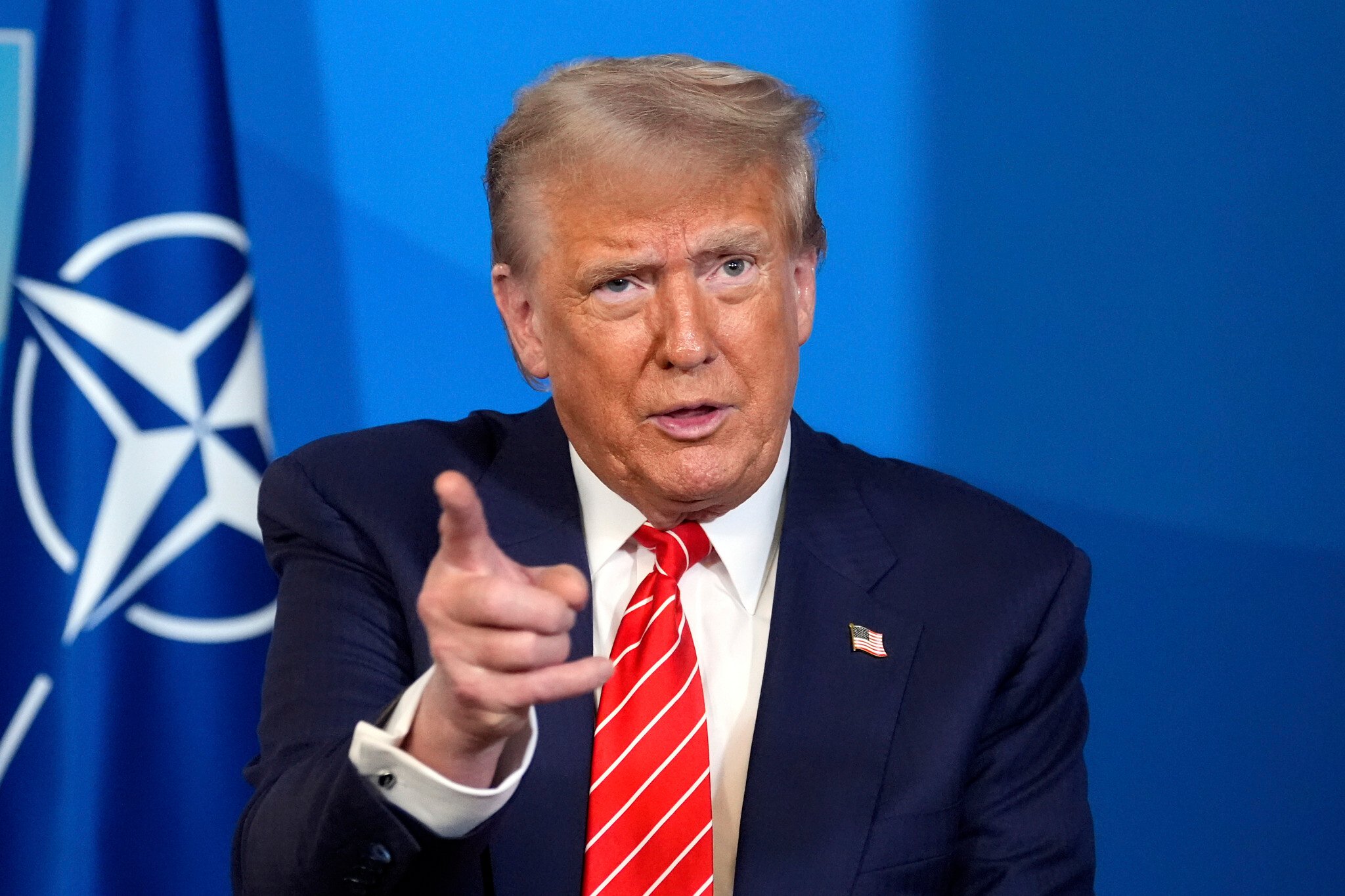



Iran’s Foreign Ministry spokesman Esmail Baghaei on Wednesday confirmed the country’s nuclear facilities had been “badly damaged” in American strikes over the weekend, amid clashing evaluations on the extent of the success of operations against Tehran’s nuclear program.
Speaking to Al Jazeera, Baghaei refused to go into detail but conceded the Sunday strikes by American B-2 bombers using bunker-buster bombs had been significant.
“Our nuclear installations have been badly damaged, that’s for sure,” he said.
Iran’s announcement came amid a wave of conflicting assessments over the damage done by the US and Israeli strikes over the 12-day war with Iran.
Israeli intelligence officials told CNN on Wednesday that the IDF strikes on Iran had set back Tehran’s nuclear program by two years if reconstruction of the program is not impeded.
Their assessment was similar to Foreign Minister Gideon Sa’ar’s before the US launched strikes on Sunday, and the IDF’s at the end of the war, which said it was still “too early” to assess the damage but asserted that the program had been set back by years.
The White House published on Wednesday a statement from the Israel Atomic Energy Commission that found that the underground Fordo nuclear site was “inoperable” as a result of the strikes. The Prime Minister’s Office shared the same statement with Israeli reporters just minutes later.
“The devastating US strike on Fordo destroyed the site’s critical infrastructure and rendered the enrichment facility inoperable,” the statement read. “We assess that the American strikes on Iran’s nuclear facilities, combined with Israeli strikes on other elements of Iran’s military nuclear program, have set back Iran’s ability to develop nuclear weapons by many years.”
But in a more gloomy assessment, Israeli sources told ABC News that the results of the damage done to Iran’s uranium enrichment facility in Fordo by US strikes, though still being assessed, was not satisfactory.
While it’s too early to determine operational success, two Israeli sources told the network, one source downplayed the damage at Fordo and called the outcome there “really not good.”
Both sources said they are unaware of how much enriched uranium Iran may have relocated ahead of the strikes, or how many centrifuges remain and are usable to enrich uranium in the future.
UN nuclear watchdog chief Rafael Grossi said Wednesday that there is a chance much of Iran’s highly enriched uranium was moved by Tehran soon after the first strikes, and thus survived the attacks.
Iran reportedly informed the International Atomic Energy Agency on June 13, the first day of Israeli strikes, that it would take “special measures” to protect its nuclear materials and equipment.
“They did not get into details as to what that meant but clearly that was the implicit meaning of that, so we can imagine that this material is there,” Grossi told a press conference with members of the Austrian government.
Conclusive findings may take months, if they are obtained at all, a source told the US network.
Another pessimistic report on Tuesday said that a preliminary US intelligence assessment has determined that US strikes have set back Tehran’s program by only a matter of months.
Additionally, a leaked US intelligence report suggested this week that the strikes on Iranian nuclear facilities did not destroy their underground components, and that much of Iran’s stockpile of enriched uranium may already have been spirited out of the sites before they were bombed. The White House has rejected the report’s findings, while condemning the leak.
However, US President Donald Trump on Wednesday claimed that Israeli agents sent into Fordo after the US strikes said that the key nuclear site had been “obliterated.” Israeli officials told the Kan public broadcaster that they were unaware of any Israeli operation at the site.
Also sounding upbeat, US Secretary of State Marco Rubio told Politico on Wednesday that Iran is “much further away from a nuclear weapon” after the US strikes.
Israel and Iran entered open conflict on June 13 when Israel launched a wave of airstrikes targeting Iran’s top military leaders, nuclear scientists, uranium enrichment sites and ballistic missile program. Israel said the campaign was necessary to prevent the Islamic Republic from realizing its declared plan to destroy the Jewish state. On June 22, the US struck key Iranian nuclear facilities at Natanz, Fordo and Isfahan.
Iranian officials say more than 600 people were killed in the strikes, a figure that does not differentiate between civilians and members of Iran’s armed forces.
Iran retaliated for Israel’s attacks by launching over 550 ballistic missiles and around 1,000 drones at Israel. Iran’s missile attacks killed 28 people and wounded thousands in Israel, according to health officials. Missiles hit apartment buildings, two universities and a hospital, causing heavy damage. Iran also fired at a US base in Qatar after the American strikes, with no injuries reported.
Jacob Magid and agencies contributed to this report.



